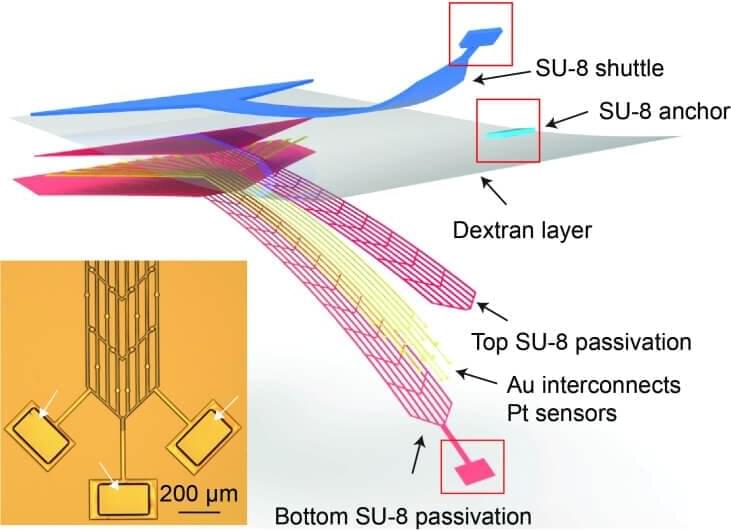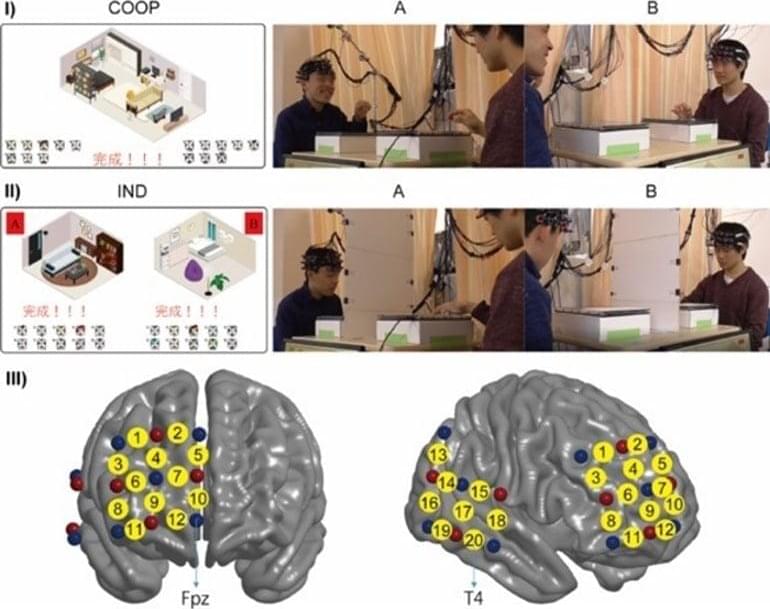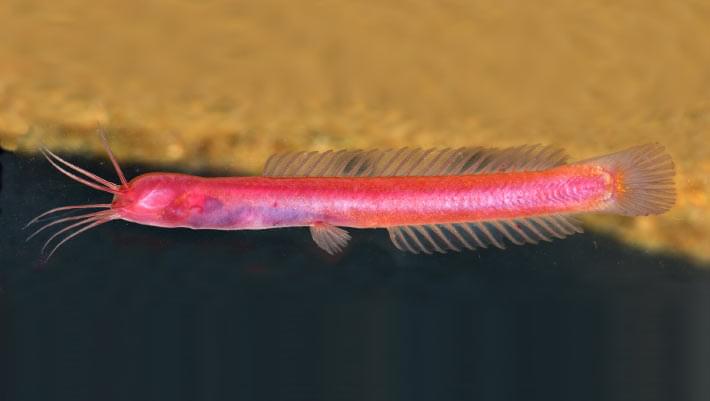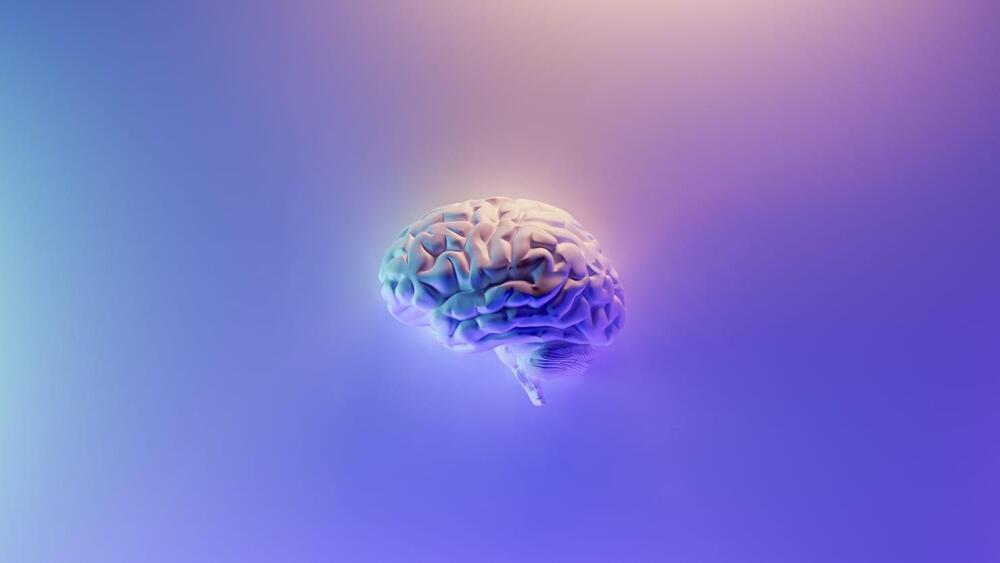Feb 24, 2023
Human Mini-Brains Grafted Into Injured Rats Restored Their Sight
Posted by Ken Otwell in categories: biotech/medical, neuroscience
A study published in Cell Stem Cell this month concluded that they can. Using brain organoids made from human cells, a team led by Dr. Han-Chiao Isaac Chen at the University of Pennsylvania transplanted the mini-brains into adult rats with substantial damage to their visual cortex—the area that supports vision.
In just three months, the mini-brains merged with the rats’ brains. When the team shone flashing lights for the animals, the organoids spiked with electrical activity. In other words, the human mini-brain received signals from the rats’ eyes.
Continue reading “Human Mini-Brains Grafted Into Injured Rats Restored Their Sight” »


















